Zygmunt Bell - visiting
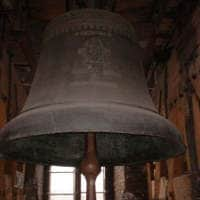
Climbing the Zygmunt Tower of Wawel Cathedral is a great experience and a challenging task for preschoolers, but a 4-5-year-old should be able to handle it.
Zygmunt Bell or Zygmunt Bell?
The Zygmunt Bell is also commonly referred to as the Zygmunt Bell, which refers to its founder and namesake: King Zygmunt I the Old. However, the correct name is "Zygmunt Bell" - bells, like people, have their own names, and they are given a solemn baptism (Zygmunt was baptized on July 13, 1521).
Zygmunt Bell - visiting, tickets
Entry to the tower with the Zygmunt Bell is paid - we buy tickets at the Cathedral ticket office (it is a combined ticket, allowing access to the Royal Crypts and the Cathedral Museum as well).
We enter the Zygmunt Tower and the Zygmunt Bell from inside the cathedral, on the left side of the main entrance to the temple.
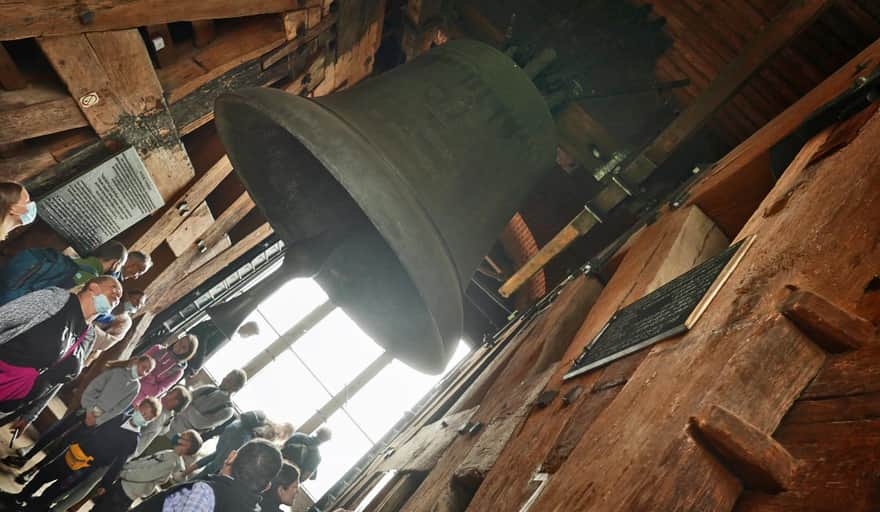
Before we start climbing the stairs, it's worth stopping by a reproduction of Jan Matejko's painting "The Hanging of the Zygmunt Bell on the Cathedral Tower in Krakow in 1521" - we will see King Zygmunt I the Old with his family, as well as his famous jester Stańczyk (the original painting is in the National Museum in Warsaw).
Next to the painting, you will also find the first, unfortunately, cracked heart of the bell:
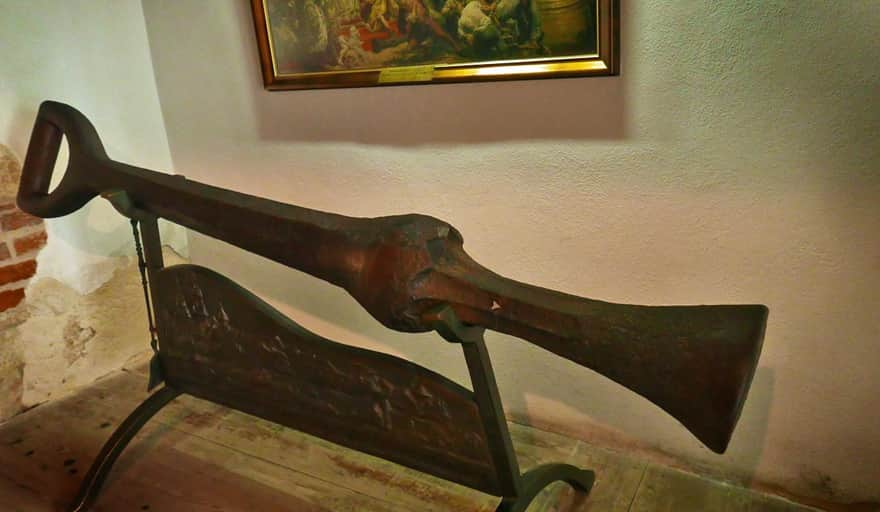
Entry to the Zygmunt Bell
Wooden stairs lead to the Bell, and at some places the passages will be very narrow. Fortunately, the movement is one-way - you don't have to pass by those coming down from the tower.
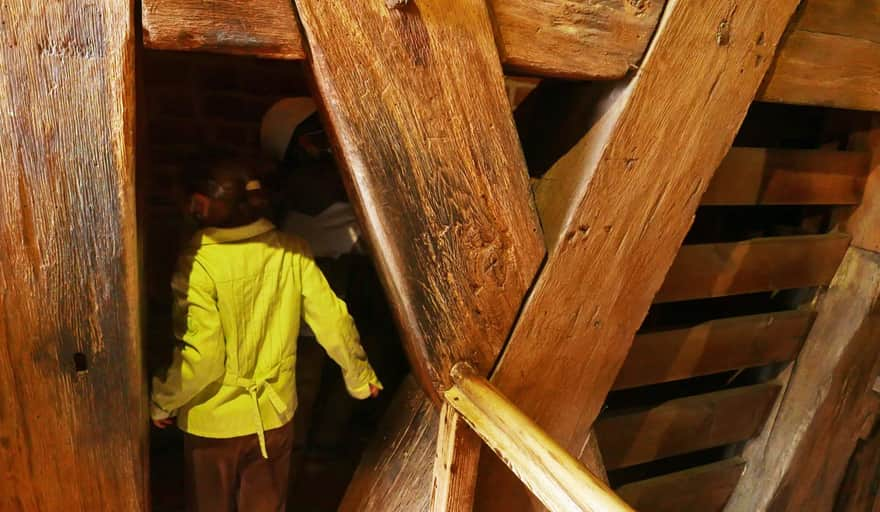
On the way to Zygmunt and during the descent from the tower, we will also see several other bells, often the "older brothers" of Zygmunt.
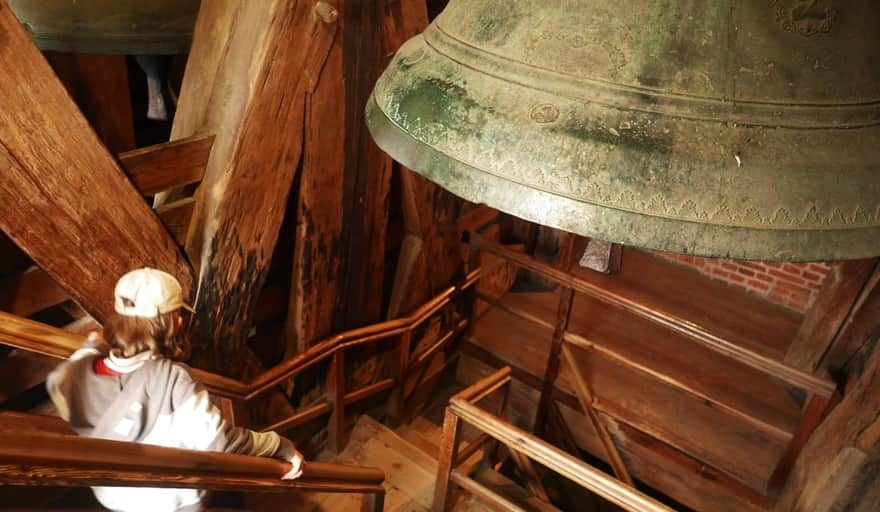

Zygmunt Bell - facts and trivia
- Zygmunt Bell is no longer the largest in Poland - in 1999, it was surpassed by a bell in Licheń.
- The bell rings about 30 times a year - on religious and national holidays, as well as important moments for Krakow and Poland.
- The bell is rung by members of the Wawel Bell Ringers Brotherhood (usually about 8-12 people), and the profession is passed down from father to son.
- Supposedly, touching the heart of the bell grants a wish (think about it secretly!).
- Pay attention to the wooden structure on which the bell hangs separately from the tower walls - this is to prevent the vibrations of the bell from causing the walls to crack.
- Legends about the Zygmunt Bell say that it contains the melted silver armor of King Zygmunt, the baton of hetmans, and the ring of the bell founder's mother. Allegedly, its sound wakes up the knights sleeping under Giewont and the buried kings of Poland on Wawel. There is also a certain "authentic legend" - a story about a mischievous little boy named Stasiek (you can read it below).
Zygmunt Bell - viewpoint
From the Zygmunt Tower, you can enjoy a beautiful view of the Old Town - can you recognize all the towers?
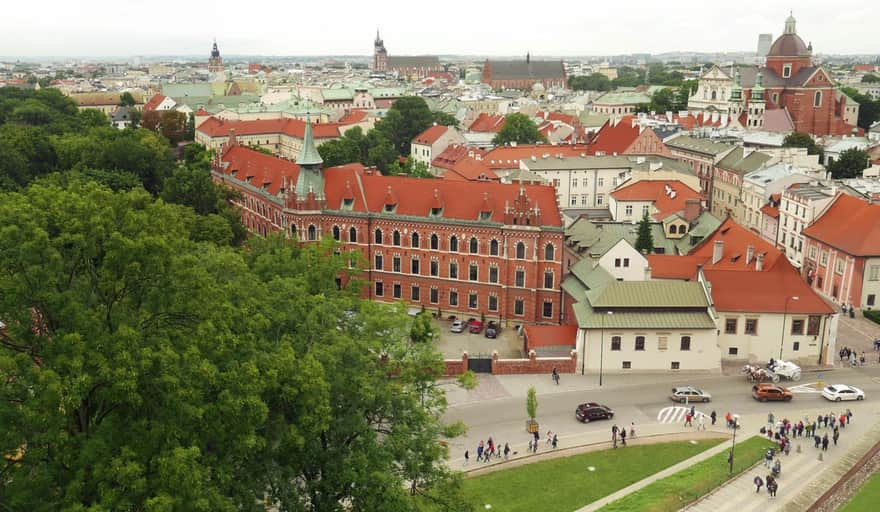
The Story of the Zygmunt Bell and Stasiek
Long ago in Krakow, there lived a boy named Stasiek. Stasiek's father was a sculptor and had his workshop near Wawel, so the boy often played on the Wawel Hill. One day, he was playing with his friends and convinced them to climb the bell tower together and touch the mighty bell. The boys climbed up, and then, with great effort, they swung the bell by pulling its ropes. Upon hearing the sound of the bell from the tower, the church attendants immediately appeared and scolded the boys, especially little Stasiek, for such mischief. "To hear the sound of the Zygmunt Bell," they told him, "one must earn it!"
That boy was Stanisław Wyspiański - a renowned painter and poet. During his funeral, he was bid farewell by the ringing of the Zygmunt Bell.
Publish Date:


